Over the last year local and municipal police departments, law enforcement agencies, and sheriff’s departments have been under unrelenting attack from activist groups, the mainstream media, and even some (but not all) elements of the Democratic Party.
If someone now defends our local police and dares to affirm “Blue Lives Matter,” that same individual is now considered controversial in many local precincts here in the East Bay.
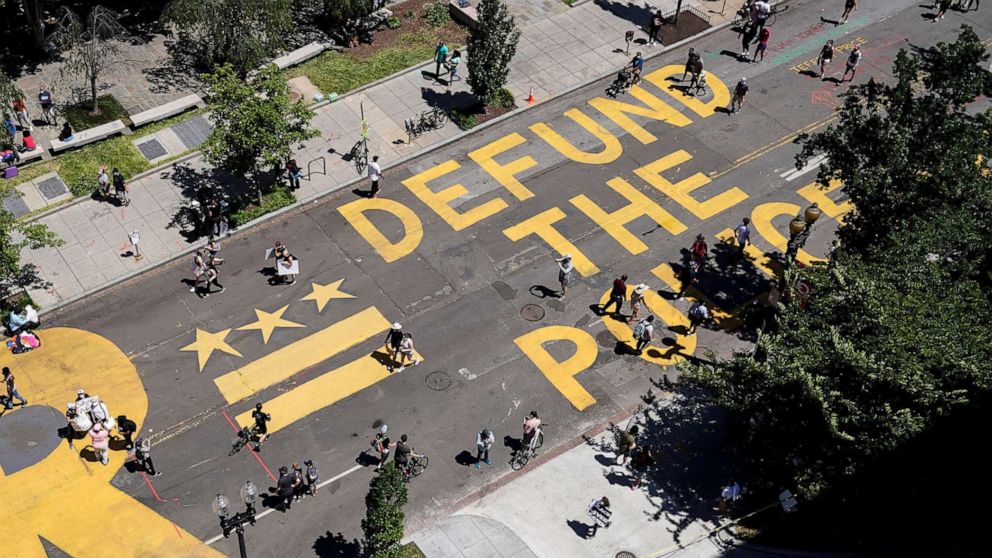
Curiously, federal law enforcement entities such as the Department of Homeland Security, the Alcohol, Tobacco and Firearms agency, or the Federal Bureau of Investigation, have not been required to respond to chants to be “defunded” or respond to calls for “equity.” It appears those who wear a badge are only targeted when they are the local defenders of the Thin Blue Line – which one might think ironic considering that the more local a law enforcement entity is, the more accountable it needs to be to its community.
One wonders what would happen if our elected leadership, district attorneys, city councils, commissions, and mayors were to seriously respond to the calls of removing qualified immunity or dismantling, deconstructing, and defunding the police. Have we ever experienced, here in the Bay Area, a time when there were no local police? Does history have any lessons of what occurs – other than increased crime statistics – when official law enforcement is non-existent?
An old television program I recently viewed provided some insight.
The television program was called Death Valley Days. I never saw Death Valley Days while growing up as it was off the air by the time I was old enough to watch television, and it was never syndicated after it ceased being broadcast. So for those, like myself until recently, who were never even aware of this show – it was basically a half hour anthology of true stories showcasing various historical people and events that shaped the early American frontier.
I was also surprised to learn Death Valley Days was never syndicated in reruns, as this program was popular with the American public for decades, and is only now being broadcast on certain cable channels.
Death Valley Days was first broadcast as a radio program from 1930 to 1945, and then as a television program from 1952 through 1975. This program was either on the radio or television for nearly forty years! Death Valley Days was sponsored for the entirety of its run by the Pacific Coast Borax Company, known for its trademark 20 Mule Team Borax Wagon, and hosted by various actors including the future governor of California and President of the United States, Ronald Reagan.
The founder of the Pacific Coast Borax Company, Francis Marion “Borax” Smith, made a fortune in Death Valley after discovering a mother lode of mineral deposits—primarily ulexite (the main ingredient of borax)—and moved his family to the Bay Area to become one of the latter-day founders of the City of Oakland. So, to anyone viewing Death Valley Days, you may be interested to discover there is also a local historical connection.[1]
One of the programs highlighted an event that occurred right here in the Bay Area.
The episode, titled, The Battle of San Francisco Bay, was hosted by and starred Ronald Reagan as United States Navy Captain David Glasgow Farragut, who later became famous in the American Civil War for the Battle of Mobile Bay where, as a Union admiral, he uttered the immortal phrase, “Damn the torpedoes, full speed ahead!”
The plot of The Battle of San Francisco Bay? The year is 1856 and Reagan’s Captain Farragut is initially unhappy with his assignment at Mare Island. His main task is overseeing construction of the new base. Captain Farragut soon learns federal officials have been captured and imprisoned by a crowd of rioters engaged in lawless unrest and utterly ignoring any legitimate civic authority. Captain Farragut finally manages to quell the uprising by threatening a naval bombardment to disperse the mob even though his ships are technically incapable of doing so. In the half hour television program, Farragut’s bluff is believed, the mob relents, and Captain Farragut is the hero.[2]
Actual history tells us a different story. The mob was the Committee of Vigilance. There was an initial Committee of Vigilance in 1851 but the first sheriff of San Francisco and another founder of the city of Oakland, legendary Texas Ranger John Coffee Hays, was able to successfully suppress the initial iteration of organized vigilantism in the City by the Bay.[3]
By 1856 John Coffee Hays was no longer the sheriff, and the Committee of Vigilance returned. Ironically, one of the leaders would go on to be the sheriff himself shortly afterward—Charles Doane,[4] as would San Francisco’s first police chief, James Curtis.[5] Both of these men forcibly took prisoners from the sheriff they considered part of the corrupt San Francisco political machine, David Scannell[6], and hung them, along with others whom they also captured, tried in their kangaroo courts.[7]
William Tecumseh Sherman was in the Army Reserve working as a bank president in San Francisco as part of his civilian job and carrying out his military duties in nearby Benicia. According to Sherman, who became so disgusted by the entire affair he resigned his commission, Farragut only consented to one sloop being used, the John Adams, to be anchored “abreast of the city after certain repairs, to lie off there for moral effect, which afterward actually occurred.”[8] Later Sherman seized a steamer of the Pacific Mail Company docked in Benicia, and used it in a failed attempt to transport arms and munitions to the anti-vigilante militias in San Francisco. But the employment of the John Adams “for effect” is all Farragut did, according to Sherman. How much impact it had is frankly dubious. It would appear the writers of Death Valley Days took a few liberties and embellished several facts. On the plus side though, our eventual President of the United States does a fine job of conveying the gravitas and integrity of one of this country’s first naval heroes!
Conventional wisdom would say the vigilantes sprang up due to a lack of effective institutional instruments of law enforcement. But additional dynamics and issues which stemmed from political rivalry, economic interests, and even what we would today label as identity politics, were also some of the reasons other than a rise in crime (which was of course also a major factor) that played into the rise of the vigilante movement.[9]
Regardless, the fact remains there were several times in our local history where the forces of local law enforcement were impotent in the face of crime. Whether the reasons for that impotence were political, economic, or other causes, does not matter. What matters is there was still a response—and that response was, average citizens rose up to take the law into their own hands, circumventing the common rules of law and justice which we’ve all agreed upon since the foundation of this country. This was recognized as dangerous then and everyone would agree this would be dangerous today as well.
What does history tell us about how civic life was in an era with weak law enforcement? Those wild and wooly days of the Old West were certainly “rough and tumble” and there’s a reason many refer to the Old West as “wild.” During this era, an editor for a San Francisco newspaper was shot and killed for the commentaries he wrote, and the killer, a member of the San Francisco Board of Supervisors, was in turn caught by the vigilantes and lynched for his crime alongside another man who had shot and killed a United States Marshal.[10]
A California Supreme Court Justice stabbed one of the members of the Vigilance Committee[11] and three years after this event shot and killed a United States Senator in a dual just outside of San Francisco.[12] Newspaper editors. Supervisors. Federal marshals. Supreme Court Justices. United States Senators. Killing or being killed.
One hopes the forces of civilization always remain strong enough to prevent this from ever happening again. The backlash then was certainly strong and swift.
We know this has happened before. Do those who seek to dismiss, dismantle, and defund our local police genuinely wish the forces of law, order, and justice to be weakened again? If so, based on what history has taught us, I would caution them to be careful of what they wish for. They might actually find themselves not very happy with the alternative. Fortunately, sane and rational minds are finally beginning to respond to this alarming trend.[13]
Ronald Reagan portrayed a historical figure who represented the forces of order—the forces of order who fought the siren call of anarchy. The lesson learned from Reagan’s portrayal was mob rule embraces the forces which can wreck civilizations, and if mob rule is the only answer to injustice, then there’s been a breakdown in civilization that requires swift restoration.
Not a bad message from an old half hour television show! Safeguarding and preserving civilization requires the championing and defense of the forces of order, and those who seek to dismantle the forces of order are in the end, ultimately the enemies of civilization.
[1] Francis Marion “Borax” Smith – Oakland – LocalWiki (oaklandwiki.org)
[2] Death Valley Days S13E20 The Battle of San Francisco Bay – YouTube
[3] John Coffee Hays: San Francisco’s First Elected Sheriff | History of the San Francisco Sheriff’s Department (sfsdhistory.com)
[4] Charles Doane, the Vigilante Sheriff | History of the San Francisco Sheriff’s Department (sfsdhistory.com)
[5] James F. Curtis – Infogalactic: the planetary knowledge core
[6] Sheriff David Scannell Versus the Vigilantes | History of the San Francisco Sheriff’s Department (sfsdhistory.com)
[7] San Francisco News and Tall Tales, Ship Passengers and Sea Captains. 1846-1899. (maritimeheritage.org)
[8] General William T. Sherman and the 1856 Committee of Vigilance (sfmuseum.net)
[9] Dirty Deeds: Land, Violence, And The 1856 San Francisco Vigilance Committee (lsu.edu)
[10] Hanging of Cora and Casey by the San Francisco Committee of Vigilance (sfmuseum.net)
[11] David S. Terry Stabs Sterling Hopkins of the Committee of Vigilance – 1856 (sfmuseum.org)
[12] The American Cowboy Chronicles: California’s Famous Broderick vs Terry Duel
[13] ‘Defund Cities That Defund The Police’, Fitzpatrick Says (msn.com)
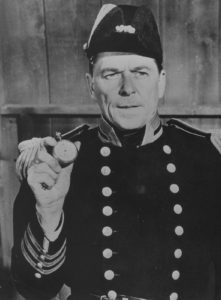
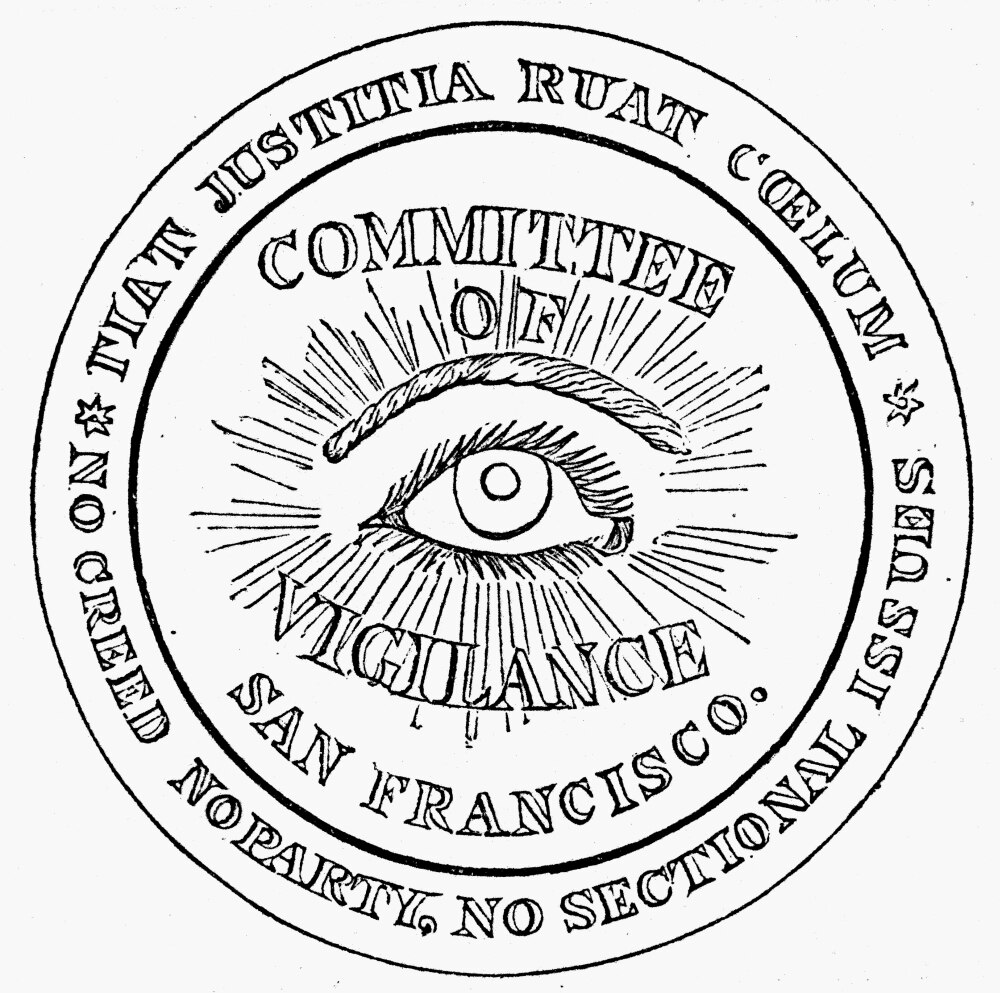
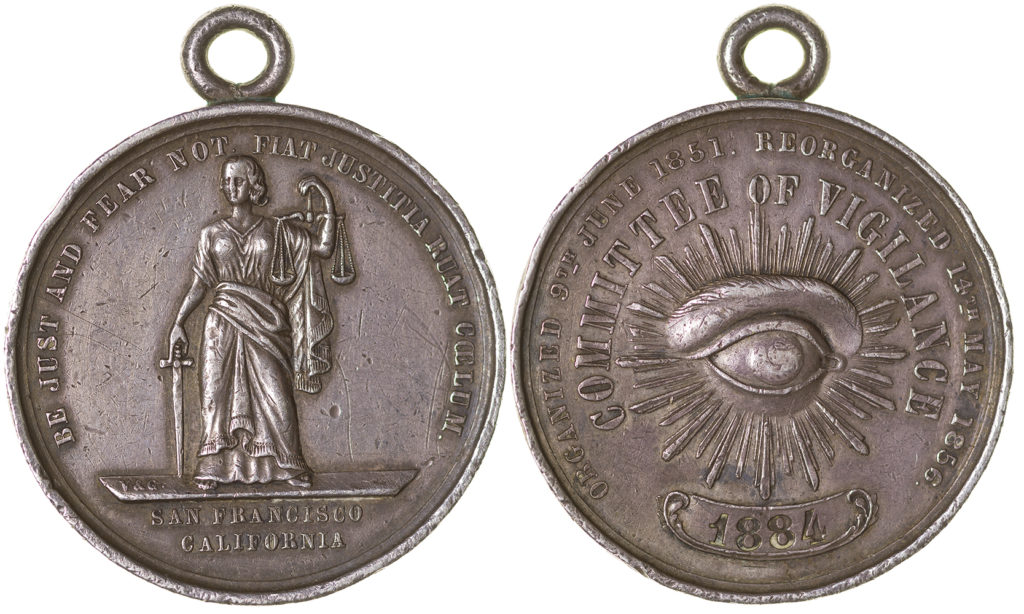
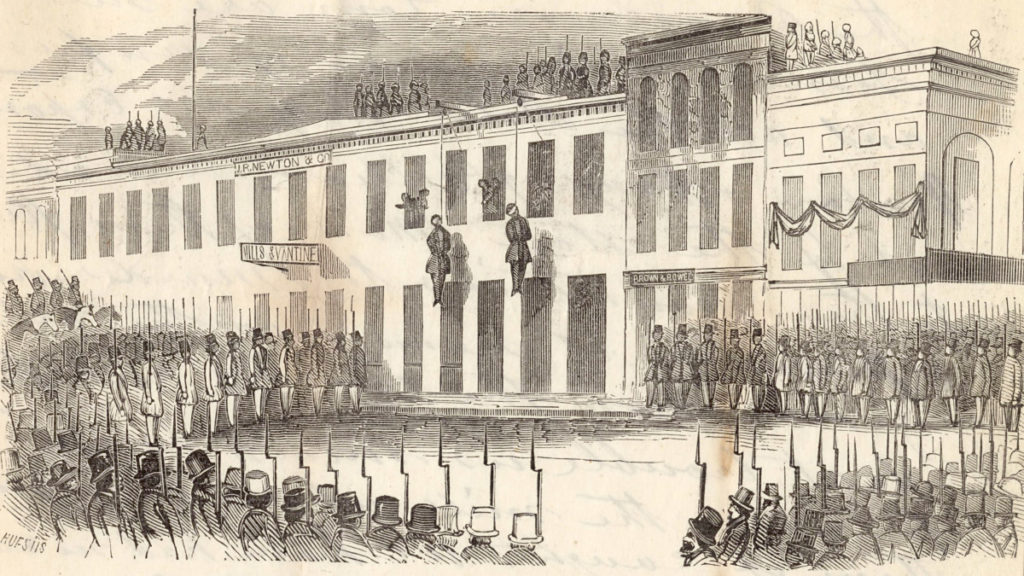
Leave a Reply